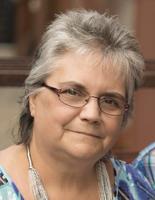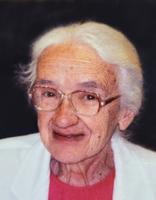We truly are experiencing a real winter, and to me, that means bread baking. The temperature outside is perfect weather for hot soup and freshly baked bread! Both of these foods are wonderful and require you to do some planning and food preparation. You also have to slow down to eat them and all of this is good for you and your family. If you can’t make your schedule work for homemade bread making, at least plan to bake some of the frozen bread that you thaw and bake. There is just nothing like the aroma of baking bread.
To be successful in bread making, you must have certain ingredients. The different yeasts, fresh (compressed) and dried, are active at different temperatures. Fresh yeast begins to activate at 50 degrees and is at its best between 78 and 82 degrees. It begins to die around 120 degrees and is useless for baking above 143 degrees.
Active dry yeast likes greater heat and more moisture. Heat the dissolving water to between 105 and 115 degrees. The microwave is great for this. If you add your yeast to the dry ingredients, activate the yeast by using liquid between 120 and 130 degrees.
The main ingredient in bread is flour. The type and quality of flour greatly influences the final product. Wheat flour is used to make bread because it has a protein called gluten. When liquid is stirred and kneaded into flour, the gluten stretches to form the elastic framework that holds the gas bubbles formed by the yeast.
All purpose flour and bread flour are wheat flours. The amount and quality of the gluten varies with different flours. The type of wheat, the growing season, where it is grown and the milling process, all influence the amount of gluten. Flours with the highest gluten produce breads with the largest volume. Whole wheat and rye flours have less gluten than white flour. This is why the loaves are heavier and smaller. They are best when used in combination with white flour.
The third ingredient is liquid. Typically the liquid is milk or water; sometimes the water is from that in which potatoes have been cooked. Fresh whole milk, skim milk, reconstituted dry milk and evaporated milk all yield good results. Water makes breads crusty. Milk gives breads a soft crust and a creamy white crumb. Whichever liquid you use, it should be warmed before using. Pasteurized milk does not need scalding because the enzyme in milk that causes gummy bread is destroyed during pasteurization.
Sugar and salt also play a role in bread baking. Sugar is the food the yeast needs to make the gas that causes the dough or batter to rise. It also helps the crust brown and adds flavor. White sugar, molasses, brown sugar or honey can be used.
Salt controls the action of the yeast, slowing the rising time and allowing the flavor development to take place. Experiment and try reducing or eliminate the salt. Your bread will rise just fine. Salt adds to and brings out the flavor, but try some herbs instead for less sodium.
The butter, margarine, oil, shortening or lard helps the dough or batter stretch easily. Fats make breads tender, keep them soft and give them a soft, silky crumb. Eggs add flavor and improve the structure so that breads can be richer and more nutritious. Eggs also add color and help make the crumb fine and the crust tender.
I like baking a sweet potato in the regular oven, cooling it and then adding it to my bread dough. This makes great bread for rolls, cinnamon rolls and French toast. Be creative and add flavors to your breads by adding herbs and spices, nuts, fruits and cheeses.
Mary Ann Lienhart-Cross is a Purdue Extension educator in Elkhart County. She can be reached at 533-0554 or at lienhart@purdue.edu.












